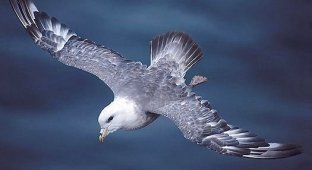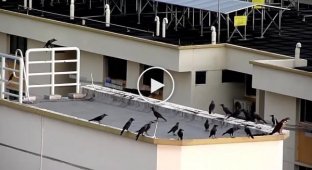How can birds speak and sing if they don't have lips or vocal cords? (5 photos)
Talking parrots and crows imitate people with frightening accuracy. Starlings and mockingbirds steal songs from other birds, and the lyre bird can easily reproduce any sound it hears: from a fire siren to a crying child. But how is such diversity achieved if birds do not have lips or even vocal cords? 
How do you warm up before going to karaoke? This pelican is fine, it's just that they stretch out so much.
Let's dig deeper, and in the literal sense. If in humans and animals all the structures responsible for sound production are located in the upper respiratory tract (lips, tongue, vocal cords), then in birds they are concentrated closer to the lungs. More precisely, they are located at the place where the trachea branches into the bronchi. And this system is called the syrinx. 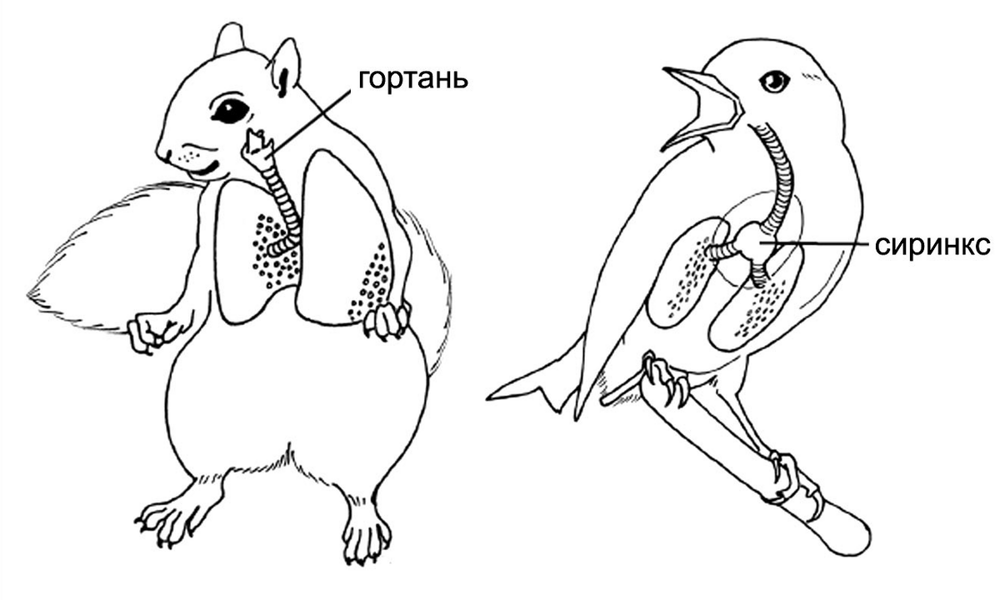
Visual arrangement of the vocal apparatus of birds compared to mammals.
The first thing that appears on the way to the bird's vocal apparatus is the ring cartilages. You can see them even if you just look into the bird's chirping. These cartilages surround the cavity of the trachea and bronchi along almost its entire length. Why are they worth mentioning? Because in the middle, where these cartilages will be missing, there will be something else - tympanic membranes! They are also called the walls of the syrinx. 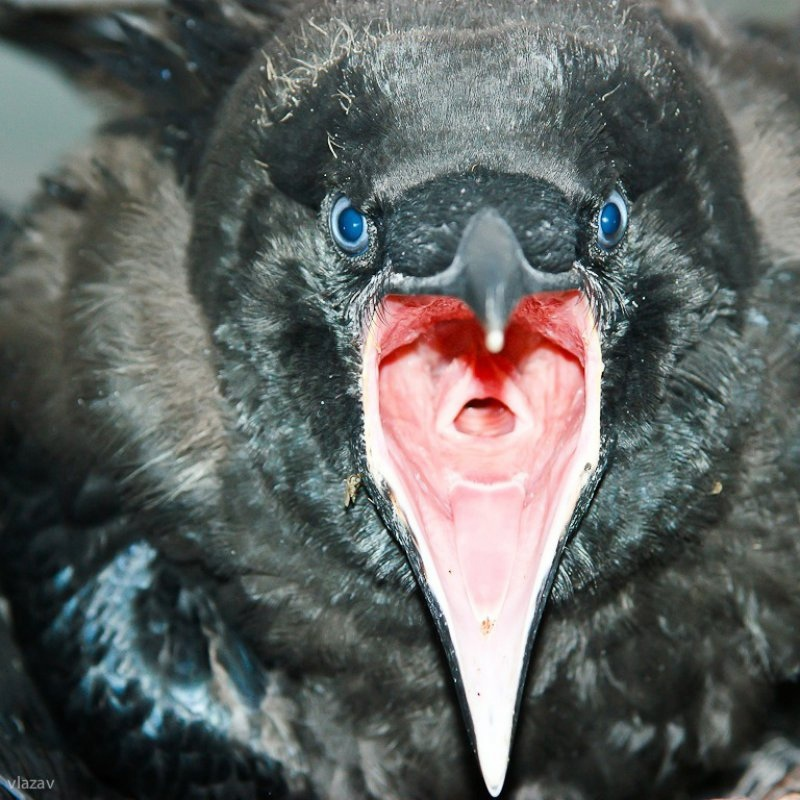
The entrance to the trachea in birds is also formed by a cartilaginous ring and is located at the base of the beak, and not inside the pharynx. That is, away from the esophagus. At the slightest irritation, this ring immediately slams shut. That's why birds have troglodytes that stuff their prey whole - simply because they have a much lower chance of choking than mammals!
It is this part that vibrates as air passes through the respiratory tract, creating sounds. In addition to the walls of the syrinx, another organ vibrates - the tragus. It is located right where the trachea branches, where one breathing tube turns into two bronchi. 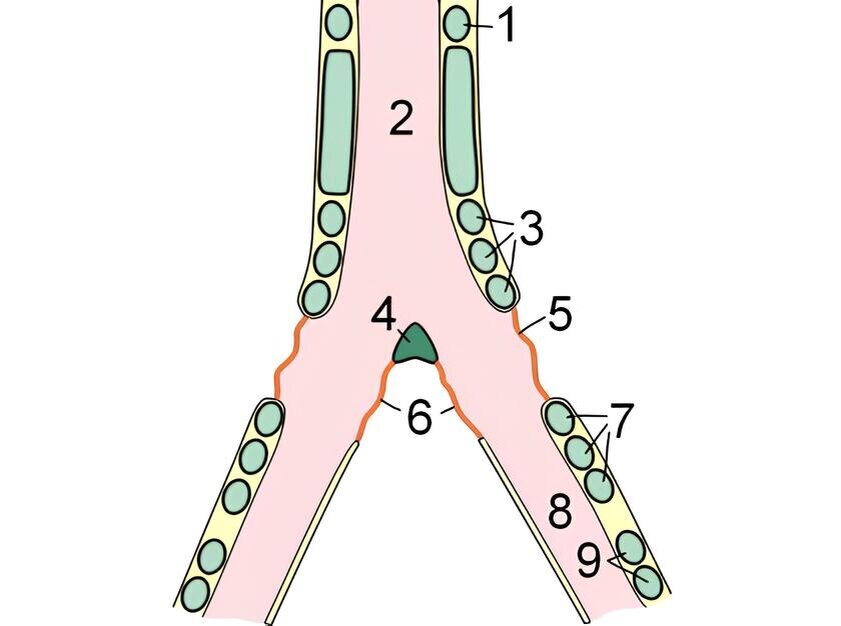
Under the numbers 1, 3, 7, 9 - annular cartilages, 2 - tracheal cavity, 8 - bronchial cavity, 4 - tragus, 5 - lateral tympanic membrane, 6 - middle tympanic membrane.
How does the syrinx work? Like a flute and a drum at the same time! The muscles surrounding the organ control the tympanic membranes and the lumen of the airways. The walls of the syrinx work on the principle of a drum - their sound depends on tension or relaxation. And the lumen of the respiratory tract is like a flute, the sounds of which are influenced by the diameter of the hole through which the air flows. 
The syrinx is not always needed to produce beautiful melodies. Sometimes they just get yelled at.
The position of the syrinx, its structure and musculature vary greatly among different species of birds. Accordingly, vocal abilities vary greatly from species to species. For example, tympanic membranes can be located on only one type of respiratory tube - in the bronchi (in cuckoos and owls) or in the trachea (several passerine families). But the most common is the tracheobronchial one, where there are membranes on all three respiratory tubes. Such birds have an excellent predisposition to music!












